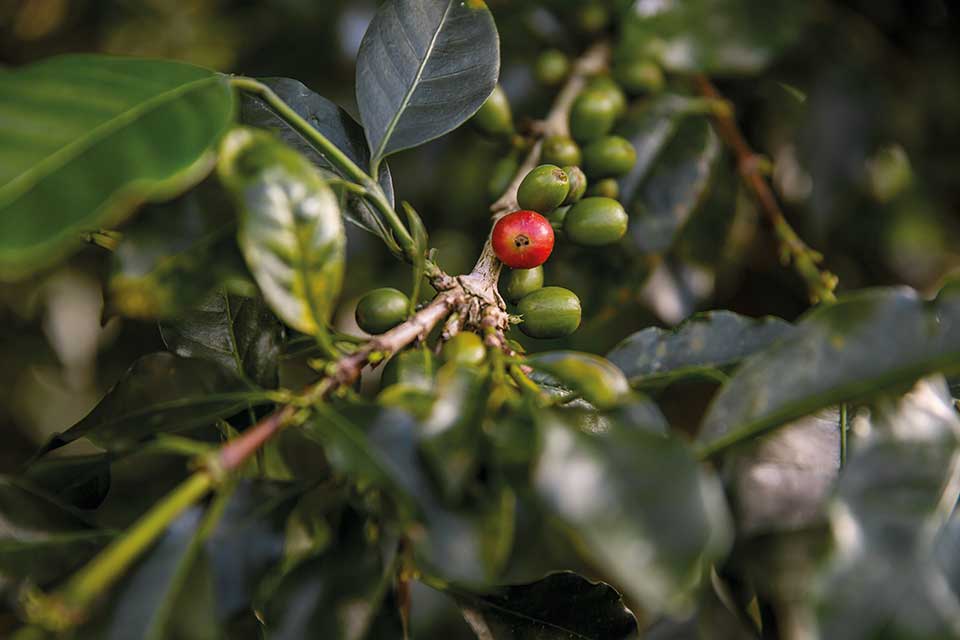

· By Jen Biro
5 Facts About Coffee Harvesting
Your morning cup of coffee contains myriad amounts of flavor, along with a pretty interesting story from the seed to the bean. Today, Vail Mtn Coffee & Tea Co. is going to walk you through the process of what it takes for that little bean to make its way to your favorite mug.
When is a coffee cherry ripe?
Harvesting is either done by hand or machine, depending on a farm's size and terrain. But it's not as easy as it may sound- coffee cherries on the same branch ripen at different times, which can make things tricky. All quality coffee starts with the coffee tree. Coffee trees take approximately 3 to 4 years to bear fruit, or coffee cherries. Telling when a coffee cherry is ripe and ready to be harvested is easy; it's bright red! If it's green, you're too early. If it's black, you've waited too long (note: coffee beans come from the seeds of the coffee cherries).
Main & Fly Crops
Coffee is generally harvested just once a year and during different periods, depending on the country. Certain countries, such as Kenya, have two crops (a main crop and a fly crop) so they have two harvests per year. Fly crops are generally smaller but overall that means, more coffee!
The 'Stripping' Method- Faster but less consistent
'Stripping' is another method of harvesting. Pickers slide their hands along the branches and strip the trees of both ripe and unripe coffee cherries, which fall onto tarpaulin underneath the trees. The coffee cherry fruit is then meticulously sorted in a machine or by hand, as even a few unripe coffee beans can affect the taste of the coffee.
Mechanical Harvesting- More consistent
In countries like Brazil, which have very large plantations and the land is flat, a machine is used for harvesting. This machine drives up to each tree and shakes the branches so the coffee cherry fruit falls off. The coffee cherries are then sorted in other machines which weed out the green, unripe coffee cherries.
Weather Conditions
Harvest time doesn't necessarily mean amazing weather. While picking up cherries during harvest in July, farmers sometime need umbrellas as it rains heavily in the Espirito Santo region of Brazil's subtropical north! As the farmers dan't dry the cherries in the sun, they use a machine set to a low temperature and indirect heat so, as not to damage the coffee beans.
Summary
Next time you bring that cup up to enjoy your first sip, think of where that coffee originated from and all the skilled, yet time consuming work that went into it. Vail Mtn Coffee & Tea Co. works directly with farmers across the globe to ensure we are always paying top dollar for the literal fruits of their labor.
Fuel Your Adventure® with Vail Mtn Coffee & Tea Co.!